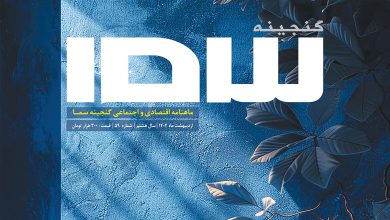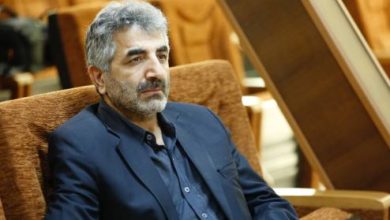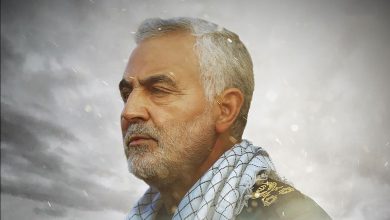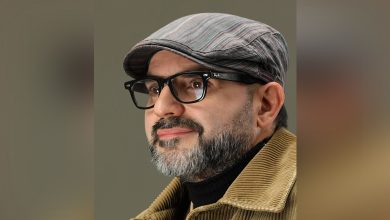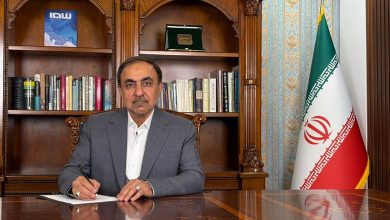Part Four: Soleimani and Religious Authority – A Special Bond with Najaf, Qom, and Tehran (Section Three)
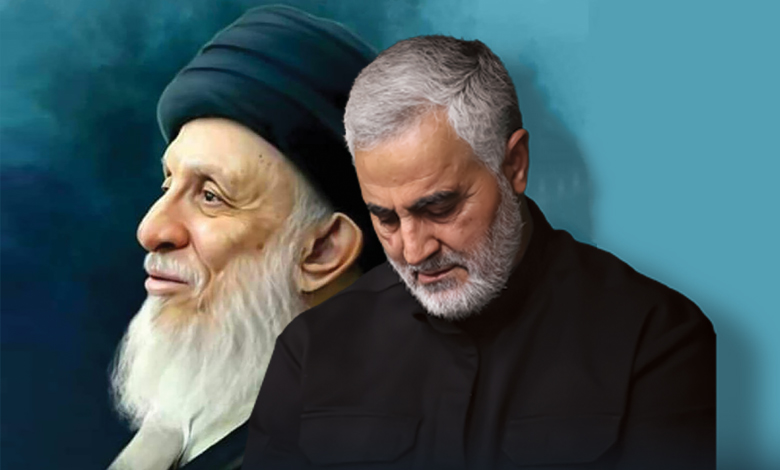
 Political Section
Political Section
Qassem Soleimani: Advisory Commander and the Guardian of Shia Unity
As an advisory commander, Qassem Soleimani coordinated with religious and political leaders in Iraq to strengthen the resistance front against ISIS.
Overall Analysis
Soleimani’s relationship with the Grand Ayatollahs in Iran and Iraq combined mutual respect, strategic coordination, and spiritual support. In Iran, as a loyal soldier of the Islamic Revolution, he enjoyed the backing of the religious authorities and emphasized in his will the role of the scholars in preserving the system. In Iraq, his cooperation with Ayatollah Sistani and other maraji’ focused on security and fighting ISIS, leading to the issuance of the fateful jihad decree and the reinforcement of the Popular Mobilization Forces (PMF).
Some Western sources and critics, however, interpreted his activities in Iraq as an attempt to expand Iran’s influence, a view that contrasts with the official narratives of Iran and Iraq. This divergence highlights the complexity of Soleimani’s role in the region. Nevertheless, documents and messages from the religious authorities in both countries underline his positive role in maintaining security and supporting Islamic values.
Behind-the-Scenes Role in Preserving Shia Unity Between Tehran and Najaf
Soleimani’s behind-the-scenes work in preserving Shia unity between Tehran and Najaf was a less visible yet crucial aspect of his strategic career. While media attention often focused on his battlefield role, resistance design, or regional diplomacy, one of his enduring achievements was skillfully managing potential rifts between the two main Shia centers—the Islamic Republic of Iran and the traditional marja’iyya in Najaf. Enemies repeatedly sought to exploit such differences to create division and weaken the Shia front.
Soleimani recognized that unity within the Shia ranks, especially between Najaf and Tehran, was vital for preserving authentic Islam and countering American-Zionist projects in the region. Quietly but with full awareness, he acted as mediator, advisor, messenger, and sometimes self-sacrificer to narrow gaps and deepen bonds between these two centers.
During Iraq’s occupation, Soleimani ensured that political moves by Iran-affiliated groups never clashed with Najaf’s marja’iyya. He often reminded Iraqi groups that “the political, security, and religious legitimacy of any action in Iraq depends on the view and approval of the marja’iyya,” not out of expediency, but from genuine respect for Najaf’s historical and jurisprudential status.
He maintained a continuous and respectful relationship with Ayatollah Sistani’s office, creating a unique platform for understanding on sensitive matters such as foreign troop presence, Iraq’s unity, and preventing internal discord. This deep comprehension of the marja’iyya’s position earned him the trust of religious authorities, viewing him not merely as a military commander, but as an honest and reliable figure.
Soleimani also developed special emotional and spiritual ties with figures like Grand Ayatollah Mohammad Saeed Hakim and the Sistani family. He understood that the legitimacy of jihad, martyrdom, and resistance required the approval of the marja’iyya, which he emphasized in his will, insisting on preserving Najaf’s school alongside the leadership of the Guardianship of the Islamic Jurist.
Importantly, he never sought to homogenize Najaf and Qom. He acknowledged differences but turned them into bridges, connecting Qom and Najaf, the Guardianship of the Jurist and traditional marja’iyya, the IRGC and the seminary, the Revolution and religious schools.
Perhaps his greatest legacy in this regard is that the Iraqi marja’iyya never felt competition, threat, or domination from Tehran. This profound respect, guaranteed by Soleimani, was the main barrier preventing enemy attempts to sow division between Qom, Najaf, and Tehran. Even after his martyrdom, his body was received with exceptional honor by marja’iyya representatives at Najaf airport, and Grand Ayatollah Mohammad Saeed Hakim was to lead his funeral prayer—a testament to the deep religious, historical, and emotional bond he fostered.
Soleimani’s Legacy: Rebuilding the Holy Shrines as a Form of Jihad
When his name is mentioned, thoughts immediately go to the battlefields against ISIS in Syria, Iraq, and Lebanon, and to the heroism of this revolutionary commander. Fewer recognize him as a cultural architect and civilizational reconstructer. Yet, this dimension, though less discussed, is central to understanding his legacy.
After Saddam’s fall, millions of Shia pilgrims from Iran and elsewhere came to Karbala, only to encounter dilapidated shrines, neglected courtyards, and streets marked by decay. Soleimani, concerned not only with Shia security but also their dignity, understood the necessity of reconstruction. The holy shrines were not just places of worship—they were civilizational centers and identity hubs.
Thus, the battlefield commander became a commander of construction and reconstruction, turning rebuilding into a form of jihad: restoring dignity, bringing light to the houses of the Ahl al-Bayt, and repairing what enemies sought to leave in ruins.
Rather than relying solely on state contractors or formal institutions, he went directly to the field, gathering devoted men, mobilizing resources, and initiating massive projects built not only with technical excellence but with love and faith.



